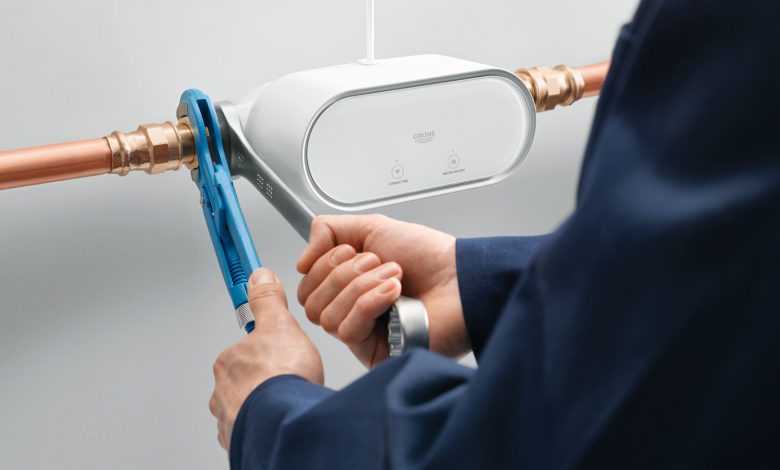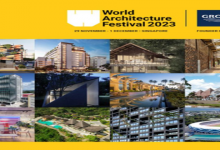
When asked about the state of global water security, those working in the development sector would usually summarize it in three “too’s”—too much, too little, too dirty. All three are true for many cities in Asia, and severe for cities in emerging economies like the Philippines. Those in the tropical belt suffer the worst typhoons, droughts, and polluted water sources, with sometimes much less resources to pour into solutions to address these issues. In 2018, the Organisation for Economic Co-operation and Development or OECD estimated the water infrastructure gap to reach USD 6.7 trillion by 2030 and US$22.6 trillion by 2050. The good news is more designers and city leaders are tapping into nature for infrastructure services.
“Nature-based solutions,” Ross Mckenzie, Arcadis Head of South-East Asia & India, tells us what this direction is. “As urban areas expand, the amount of permeable land reduces, increasing flooding events, pollution, and ultimately the quantity and quality of water supply. Nature-based solutions offer a more sustainable, adaptable, and affordable way to achieve climate and flood resilience. They also have benefits that support the UN Sustainable Development Goals. They redevelop the natural water cycle process, reduce the peak flows, allow the water to be naturally retained, reduce the flooding risk, and provide a water source during the dry seasons. Kind of like the natural cycle coming back.”
Sometimes called blue, green, or green-gray infrastructure, the premise for its design is simple: work with nature and not against it. It can be executed at multiple scales. “It’s like bringing the concrete jungle back into the natural water cycle,” says Mckenzie. Buildings can integrate gardens to assist cooling and rainwater capture. Streets can help recharge groundwater better through permeable pavements, rain gardens, and grass swales. Concrete revetments or retaining walls of canals and streams can be replaced with more vegetated edges better suited for pedestrian activity. Public parks can be designed with water retention capacities so that extra water during the monsoon season or a typhoon can be directed to it. Then, when the river level is low, during the summer or a dry spell, the parks discard it into waterways to be used. It could be as simple as reforesting the watershed, waterway edges, and mangroves in order to make existing gray infrastructure more resilient.
The World Bank and World Resources Institute’s 2019 report Integrating Green and Gray: Creating Next Generation Infrastructure offers a couple of case studies of the benefits. For example, the filtration services provided by better watershed management in Portland, Maine, replaced the need for a water filtration plant, saving the city an estimated USD 97 to 155 million over 20 years. Residential and industrial infrastructure in the Philippines avoid more than USD 1 billion annually in damages through mangroves, reefs, and other natural systems.
While the severity of rainfall and drought are water stressors not within direct human control, efficiencies in our water utility systems are. “One of the biggest wasters is non-revenue water (NRW), the water that never makes it to consumers. Most of the loss is caused by leakage through pipe bursts that you don’t know about for weeks,” says McKenzie. The International Water Association estimates that emerging markets have experienced up to 75% NRW. Water losses cannot be eliminated, but ideally water service providers should lower it to below 20%.
Utility providers have a lot of aging infrastructure to upgrade. This does not have to be the case for household water mains. There is already technology available for home and business owners to make sure leaks are immediately addressed and wastage reduced. For example, the GROHE Sense and Sense Guard water systems detect any leak in piping or plumbing systems, whether it is minor, major, or impending, and sends alerts to your mobile phone on excessive water usage. Smarter water systems can start at home, informing us of our own consumption habits so we can recalibrate our lifestyles, and also educate the succeeding generation.
Clean water is a resource we cannot take for granted. Climate change and rapid urbanization are making it more challenging to utilize and restore these days. Efficiencies can be achieved through innovations in the realms of technology and nature, by mindful governments and individual citizens.






